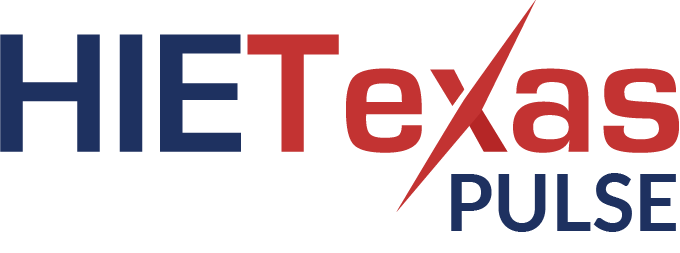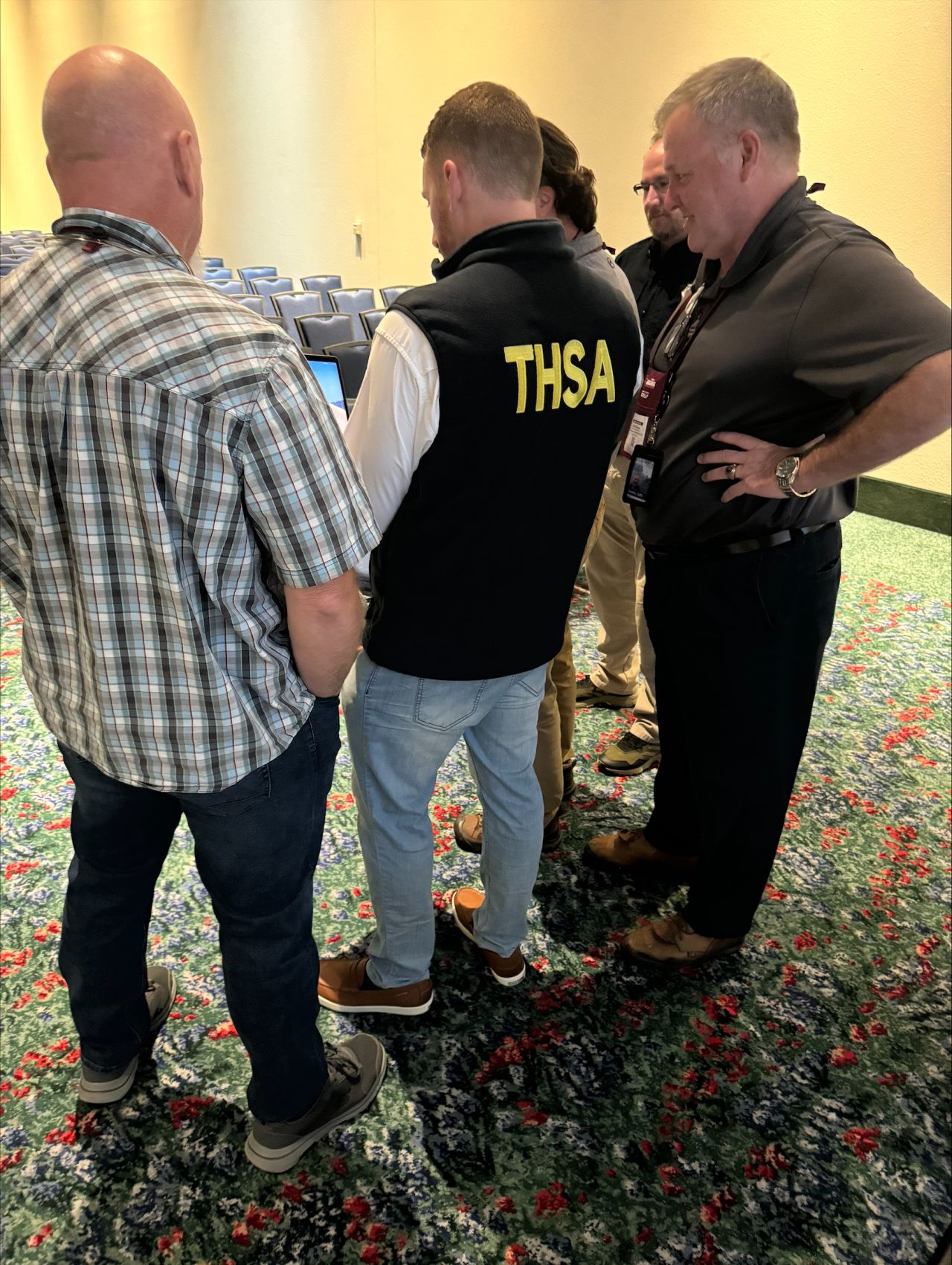HIETexas Patient Unified Lookup System for Emergencies
Use the power of HIETexas PULSE to solve critical gaps in patient care during public health emergencies and disasters. EDEN and PULSE are supported by a combination of state funds from HHSC and federal funds from CMS.PULSE FEATURES
Patient Search
Leverages national health information exchange networks to bring patient medication and clinical histories into alternate care sites.
Emergency Census
A roster management tool for shelters and alternate care sites that tracks entry, exit, and destination location from the facility.
Missing Persons
Identifies if missing or displaced individuals such as dialysis or home health patients have been admitted to a hospital, emergency department, or alternate care site.
PULSE FAQs
Use the accordions to learn about frequently asked questions about PULSE. These questions cover a wide range of topics. If your question can not be answer please contact our team with the button below.
When can PULSE be activated?
PULSE is activated during declared disasters. THSA works with state partners, administrators, and end users to activate and deactivate the PULSE system.
For what types of disasters can PULSE be used?
How does PULSE work?
Verified users of PULSE can query and retrieve patient documents from the national health information exchange networks. Additionally, verified users can use PULSE to manage rosters at alternate care sites or shelters, as well as assist in locating persons deemed “missing” who may have been admitted to healthcare facilities or checked in at shelters.
How does PULSE connect to the national health networks?
The eHealth Exchange is the primary data source for PULSE. The eHealth Exchange is the largest query-based, health information in the country. It is the principal network that connects federal agencies and non-federal organizations, allowing them to work together to improve patient care and public health.
How does the PULSE platform handle data privacy and security?
PULSE is connected to the eHealth Exchange, and requires signing the Data Use and Reciprocal Support Agreement (DURSA). The DURSA is a comprehensive, multi-party trust agreement that is signed by all eHealth Exchange participants and reflects consensus among all state, federal, and private entities involved in the development of the DURSA.
Who are the PULSE Administrator Organizations?
- National EMR
- American Red Cross
- Austin Public Health
- San Antonio Public Health


